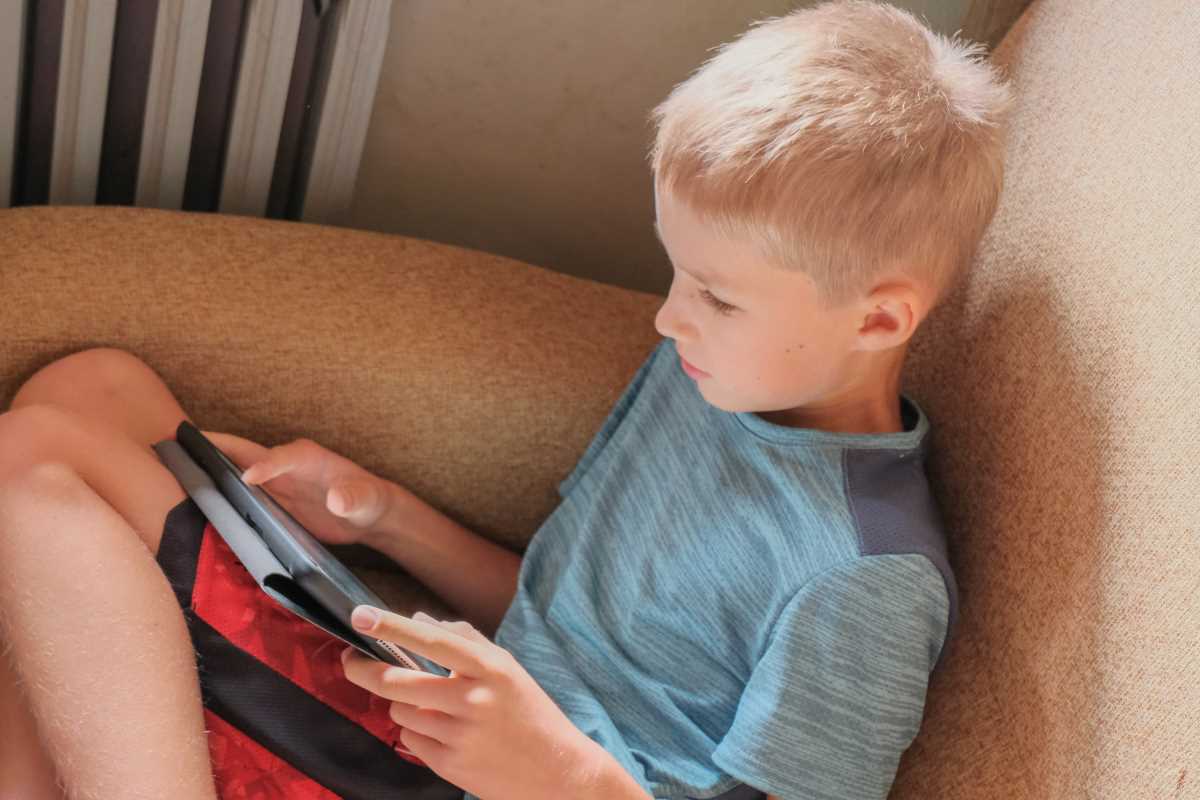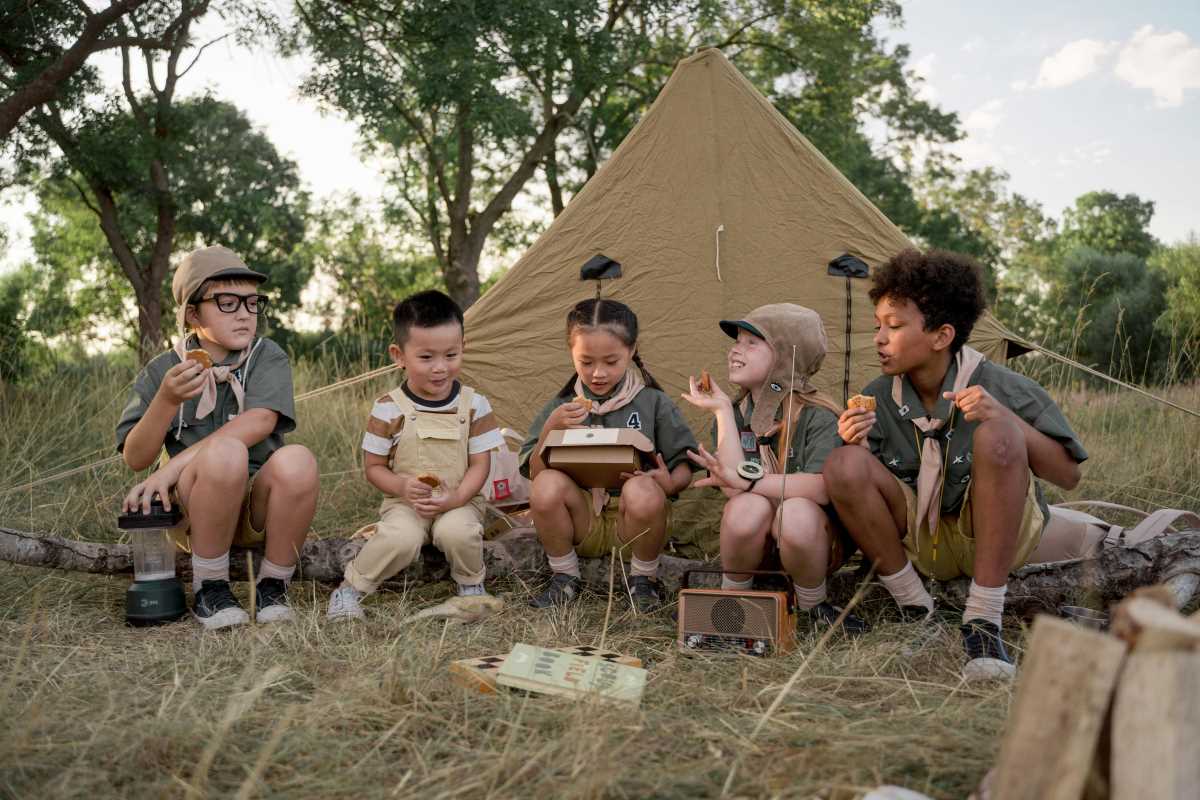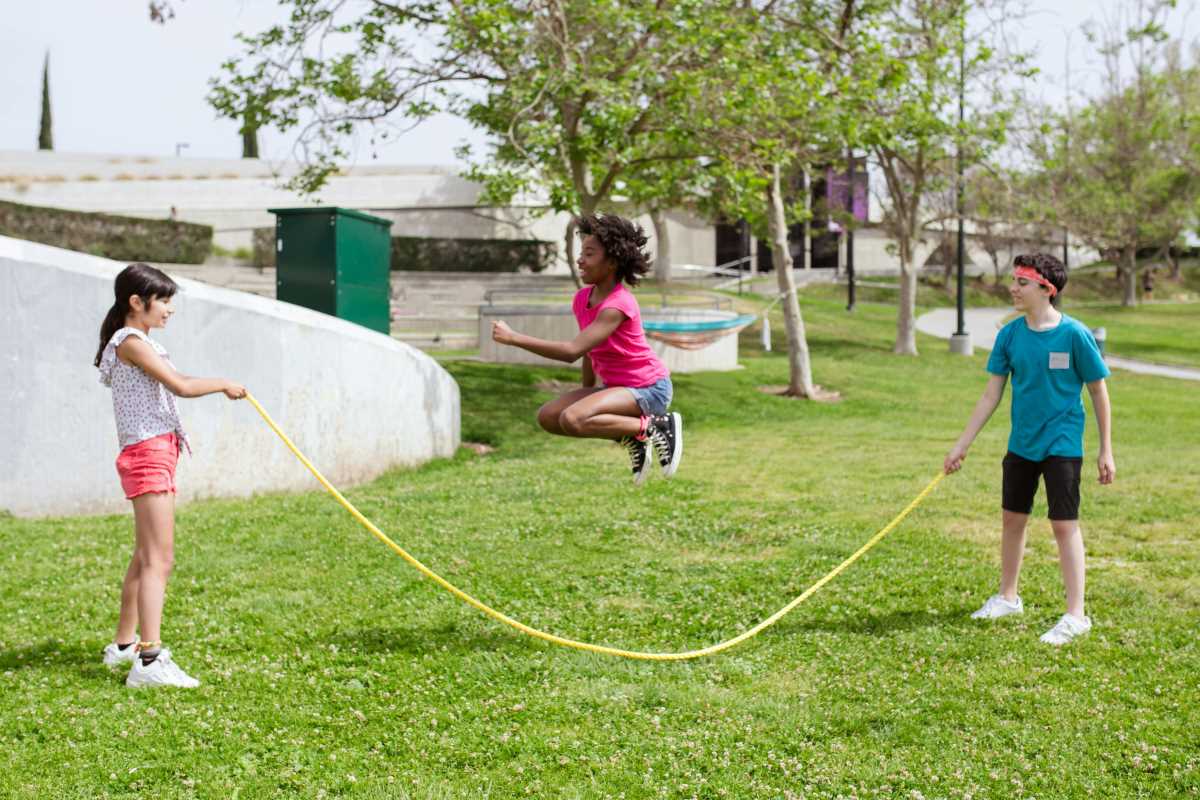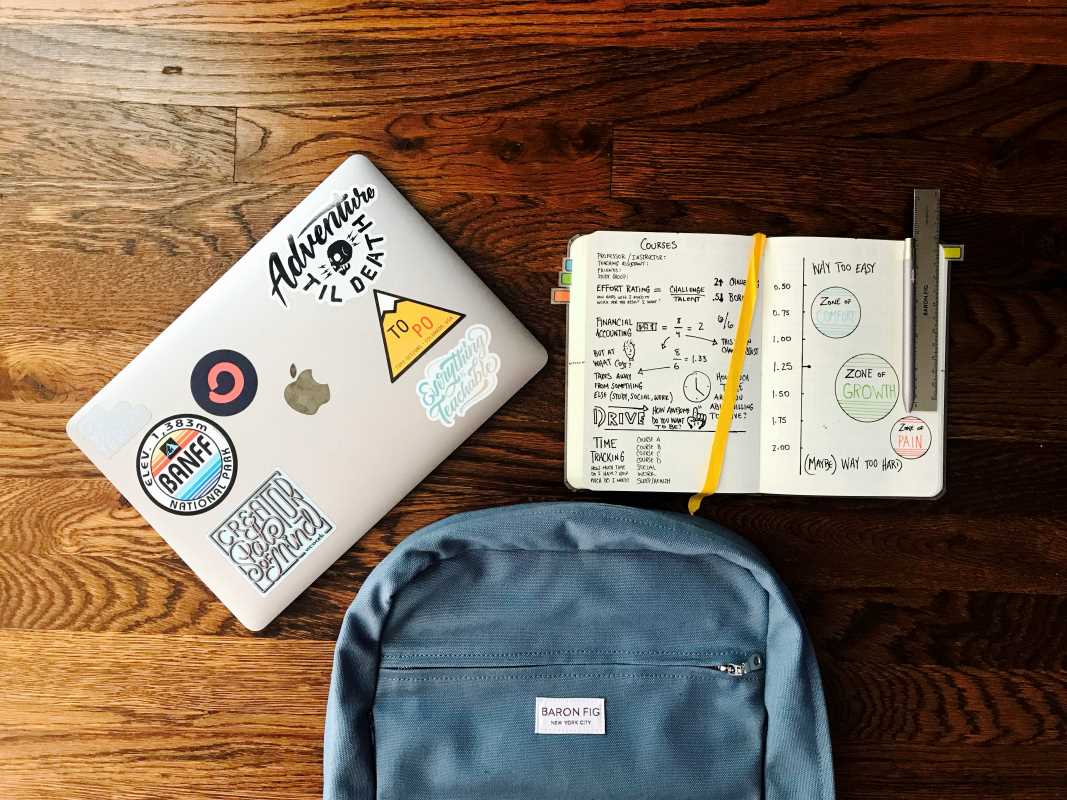Learning doesn’t end in the classroom. The most effective education often happens right at home, when families have access to quality, engaging resources. Whether you’re homeschooling, supplementing your child’s education, or simply encouraging a love for learning, knowing where to find free educational tools makes all the difference. This comprehensive guide covers the best free educational resources for families, offering options for every age, interest, and ability.
Why Free Educational Resources Matter
Many parents and guardians recognize the value of ongoing learning, especially outside of the formal classroom environment. Yet, textbooks, software, and extracurricular courses can quickly become expensive. Free resources help level the playing field, ensuring all children and families can access quality learning tools, regardless of budget.
By exploring a wide array of topics—not just reading and math but also science, art, coding, and social-emotional development—you can nurture well-rounded learners equipped for a rapidly changing world. More importantly, these resources can help you foster unique skills, such as creativity, empathy, and critical thinking, that traditional curriculums may not always prioritize.
Free educational resources also offer flexibility. Kids who excel in one area can stretch their abilities, while those needing more time can progress at their own pace. Ultimately, combining these resources with curiosity and regular practice creates a recipe for lifelong learning.
Digital Libraries and Reading Platforms
A strong foundation in literacy is critical for lifelong learning, and digital libraries make books accessible anytime, anywhere. These platforms provide a treasure trove of stories, nonfiction works, and interactive content.
1. Project Gutenberg
With over 60,000 free eBooks, Project Gutenberg is a favorite for classic literature. From fairy tales to Shakespeare, it offers timeless works for young readers as well as adults. Parents can help their children explore these classics through projects like reading one fairy tale a week and discussing the lessons it teaches.
2. Open Library
An initiative by the Internet Archive, Open Library is building a web page for every book published. You can borrow digital copies of millions of books for free—including many recent children’s titles. The site’s easy-to-use search tool lets you discover hidden gems across genres, making it exciting for older kids and teenagers to find their next favorite read.
3. Storyline Online
If your child loves storytime, Storyline Online features celebrated actors reading popular children's books aloud. The corresponding animations and downloadable activity guides add depth to the experience. Imagine having a bedtime story narrated by Morgan Freeman or Viola Davis! This platform also helps reluctant readers engage with books in a fun, approachable way.
4. Libby and Local Library Apps
Most public libraries partner with digital lending services like Libby (by OverDrive) or Hoopla. With a library card, families can borrow eBooks, audiobooks, and even movies for free, right from their phones or tablets. You can turn this into a family activity by setting aside time to explore your local library's app together and finding books everyone will enjoy.
Bonus Tip:
Look for virtual book clubs and reading challenges hosted by libraries or community organizations. These activities complement digital reading platforms and create opportunities for kids to engage with peers, even from home.
STEM Learning at Home
Science, technology, engineering, and math (STEM) are at the heart of problem-solving and critical thinking. Free online resources bring hands-on experiments, games, and interactive lessons straight to your living room.
1. Khan Academy
One of the most robust free education platforms, Khan Academy offers detailed lessons for K–12 students covering math, science, computing, and more. Courses include instructional videos, practice exercises, and personalized dashboards to track progress. High schoolers can also find SAT prep and advanced placement courses here, making it a valuable tool for long-term academic growth.
2. NASA Kids’ Club
For aspiring astronauts and space lovers, NASA Kids’ Club is an engaging site packed with games, activities, and videos that teach about the universe. It’s the perfect addition for space-themed learning weeks, where kids can explore planets, build cardboard rockets, and learn about NASA missions.
3. National Geographic Kids
National Geographic Kids provides articles, games, videos, and quizzes on everything from ecosystems to ancient history. Parents can use its free printable activity sheets to create scavenger hunts or trivia challenges for the whole family.
4. Code.org
Getting a jumpstart on computer skills is invaluable, and Code.org teaches kids of all ages how to code through games, guided lessons, and real-world projects. The “Hour of Code” introduces basic concepts in a playful way. Families can even participate together by coding apps, animations, or simple websites during weekend tech sessions.
5. Mystery Science
Mystery Science offers free lessons for K–5 students, designed for easy use at home. Each lesson answers a big science question with a hands-on activity using household materials. Consider making this a monthly event by picking themes like “What causes weather?” or “Why do we hiccup?” for family science nights.
Bonus Resource:
Check out LEGO Education for free downloadable STEM challenges that combine creativity and engineering. Even if you don’t have LEGO sets, the activities can be replicated using household items.
Interactive Math Resources
Math can be intimidating for some learners, but interactive and gamified platforms help remove barriers and build confidence.
1. Coolmath Games
While Coolmath Games feels like play, its logic puzzles, strategy games, and math challenges actually strengthen skills in an entertaining way. Introduce this platform as a way to pass time during car rides or waiting periods instead of defaulting to passive screen time.
2. Math Playground
Targeted at elementary and middle school students, Math Playground features games, word problems, and interactive activities across a wide range of math topics. It also offers instructions for kid-friendly logic puzzles that parents can try solving alongside their children.
3. Bedtime Math
Turn nightly routines into math moments with Bedtime Math. Each day’s “math problem” comes in themed levels, making it approachable for preschoolers through tweens. You can even compete with siblings to see who solves the problems fastest!
Support for Reading and Writing
Beyond eBooks, several resources help families encourage strong reading and writing habits, no matter a child’s age or abilities.
1. ReadWriteThink
Developed by literacy experts, ReadWriteThink features interactive tools for writing poetry, composing stories, or planning reports. Use its calendar of “this day in history” to spark journal prompts or historical research projects.
2. Starfall
Starfall is especially beloved by families with young children learning to read. Colorful games and phonics activities make the basics fun and memorable. Parents often find their kids ready to read independently much sooner by integrating Starfall into daily routines.
3. Storybird
Unleash your child’s creativity at Storybird, which allows users to create illustrated stories and poems. Guide younger children to write stories about their favorite animals, or challenge teenagers to compose poems for special occasions, like birthdays or holidays.
Art and Music Resources
Creative expression is vital for developing minds. Even if you’re not an artist or musician, these resources help spark imagination and expose children to the arts.
1. Chrome Music Lab
With Chrome Music Lab, anyone can experiment with rhythm, melody, and sound. Set up a mini music workshop at home, where kids can create original compositions to share during family talent nights.
2. Metropolitan Museum of Art’s #MetKids
The world-renowned Metropolitan Museum of Art launched #MetKids to help children explore art and history through videos, creative challenges, and a time machine that travels across art movements.
3. Art for Kids Hub
Check out Art for Kids Hub, a family-run channel and website with hundreds of step-by-step drawing, painting, and crafting tutorials for all ages. Encourage kids to mail their artwork to friends or grandparents as a way to spread joy.
Bonus Idea:
Search YouTube for free dance tutorials to integrate movement into creative time. Kids can learn choreography from ballet, hip-hop, or cultural dances.
Social Studies and World Cultures
Learning about people, cultures, and societies helps young minds grow into informed, empathetic global citizens.
1. Smithsonian’s History Explorer
The Smithsonian’s History Explorer offers digital access to primary sources, interactive games, and lesson plans covering U.S. and world history. Make time capsules together or simulate debates to bring past events alive.
2. BBC Bitesize
While tailored for UK students, BBC Bitesize covers world geography, cultures, and government through videos, quizzes, and articles that are easy to understand and fascinating.
3. Globe Trottin’ Kids
Discover the world with Globe Trottin’ Kids, which provides free printable activities, lesson guides, and virtual field trips to almost every continent. Consider cooking dishes from the countries you explore for added cultural immersion.
Resources for Special Needs and Diverse Learners
Every child deserves to thrive, but some face unique learning challenges. These resources provide inclusive, accessible support for a wide range of abilities.
1. Understood
Understood specializes in support for families of children with ADHD, dyslexia, and other learning differences. Their parent toolkits and explainer videos make complex topics simple to understand.
2. Bookshare
Bookshare makes reading accessible for those with print disabilities, supplying free audiobooks and digital formats for eligible students.
3. PBS LearningMedia
PBS LearningMedia includes interactive lessons and videos with closed captioning, sign language, and other accessibility features. Content addresses various learning styles and grade levels.
Tips for Making the Most of Free Educational Resources
- Set Realistic Goals: Avoid overwhelming your child by focusing on one or two topics each month.
- Mix and Match: Rotate resources weekly to keep learning fresh and exciting.
- Track Progress Together: Create charts or journals to celebrate achievements.
- Explore Together: Be a learner too, modeling curiosity and enthusiasm for discovery.
By incorporating these tools, you’ll give your child impactful, budget-friendly learning opportunities that go well beyond the classroom.
 (Image via
(Image via





